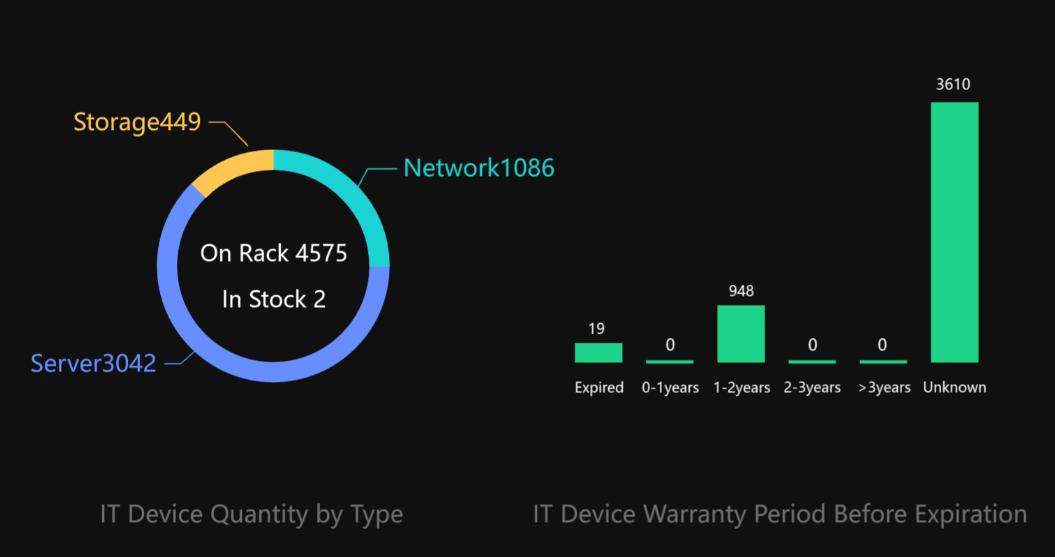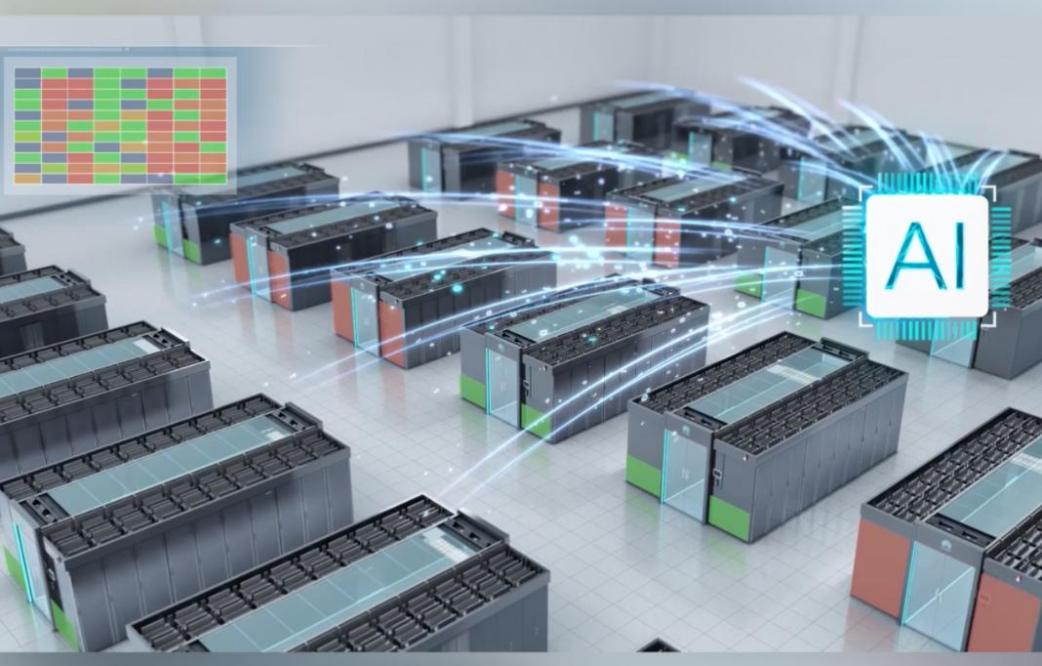Implementing a Data Center Infrastructure Management (DCIM) system can revolutionize the way you manage your facility. It offers a comprehensive solution for monitoring, managing, and optimizing the performance of data centers. By integrating a DCIM system, you can achieve greater efficiency, reduce operational costs, and enhance the overall reliability of your infrastructure. In this blog, we will explore the core components of a DCIM system, its key features, and the numerous benefits it can bring to your facility.
What is a DCIM System and How Does It Work?
Definition and Key Components of DCIM
A DCIM system is a set of tools and methodologies used to manage, monitor, and control data center resources and environments. It bridges the gap between traditional facility management and IT systems, enabling a unified approach to infrastructure administration.
Key components of a DCIM system include asset management, power monitoring, and environmental monitoring. Asset management tracks and manages physical and virtual assets within the data center. Power monitoring ensures that all electrical components function efficiently, while environmental monitoring watches over temperature, humidity, and airflow to prevent any detrimental conditions.

How DCIM Integrates Into Facility Operations
DCIM integrates seamlessly into facility operations by providing a centralized platform for data collection and analysis. It enables real-time monitoring and reporting, which helps in making informed decisions. DCIM systems also support automation, further simplifying routine tasks and ensuring consistent operational performance.
Key Features of a DCIM System to Look For
Real-Time Monitoring and Analytics
Real-time monitoring and analytics are crucial features of a DCIM system. They provide instant insights into the operational status of your data center by continually tracking performance metrics. This helps in identifying potential issues before they escalate into significant problems.
Predictive Maintenance and Fault Detection
Predictive maintenance and fault detection capabilities are critical for preempting failures. DCIM systems utilize data trends to predict when a device might fail and schedule maintenance accordingly. This proactive approach minimizes downtime and extends the lifespan of critical infrastructure components.
Scalability and Integration with Existing Systems
Scalability in DCIM ensures your system grows with your facility’s needs. It integrates smoothly with current systems and adapts to future technologies, enabling expansion without sacrificing performance. This flexibility is crucial for managing growing data centers efficiently while maintaining reliability and operational continuity.
Automation Capabilities
Automation capabilities in DCIM systems streamline processes by reducing manual intervention. With automated workflows and intelligent alerts, repetitive tasks are handled efficiently. This automation minimizes human error, ensures consistency, and boosts overall productivity, making data center management more effective and less prone to operational disruptions.
Benefits of Implementing a DCIM System
Enhanced Operational Efficiency
Implementing a DCIM system boosts operational efficiency by offering comprehensive visibility and control over data center functions. Real-time data and analytics facilitate faster response times and informed decision-making, resulting in smoother and more efficient operations, reducing downtime, and optimizing resource management for enhanced performance and cost savings.
Reduced Downtime and Improved Reliability
DCIM systems reduce downtime by enabling predictive maintenance and quick fault detection. By addressing potential issues proactively, these systems enhance reliability and ensure the continuous availability of services, minimizing disruptions and optimizing data center performance. This leads to improved uptime and greater operational efficiency.
Energy Consumption Optimization
DCIM systems optimize energy consumption by monitoring and managing power usage precisely. They identify inefficient components and optimize workloads, reducing energy waste. This leads to lower operating costs and a smaller environmental footprint, promoting both financial savings and sustainability for data centers.
Cost Reduction and ROI
The financial benefits of a DCIM system are multifaceted. Reduced downtime, energy savings, and improved operational efficiency all contribute to cost reduction. Furthermore, the insights provided by DCIM systems enable better resource allocation and long-term planning, leading to a substantial return on investment (ROI).

How to Implement a DCIM System in Your Facility
Steps for Successful Implementation
Successful DCIM implementation begins with assessing your current infrastructure. Define clear goals and requirements for the system. Then, create a structured plan outlining timelines, budget, and resource allocation to ensure a smooth deployment and effective integration with existing operations.
Choosing the Right DCIM System
When selecting a DCIM system, consider your facility’s specific needs. Evaluate solutions based on features, scalability, and compatibility with existing systems. Choose a vendor that provides strong support and maintenance to ensure long-term functionality and seamless integration with your infrastructure.
Staff Training and System Integration
Training staff on the new system is vital for success. Conduct comprehensive training sessions to ensure users are proficient with DCIM tools. Additionally, proper integration with existing systems is crucial to maximize the effectiveness and efficiency of the DCIM system, ensuring a smooth transition and improved data center management.
Conclusion
Adopting a DCIM system can transform data center management by enhancing efficiency, reliability, and cost savings. With its robust features and wide-ranging benefits, a DCIM system is an invaluable asset for modern facilities. By carefully selecting and implementing the right system, and ensuring thorough staff training, you can unlock the full potential of your data center and enjoy a significant return on investment.
